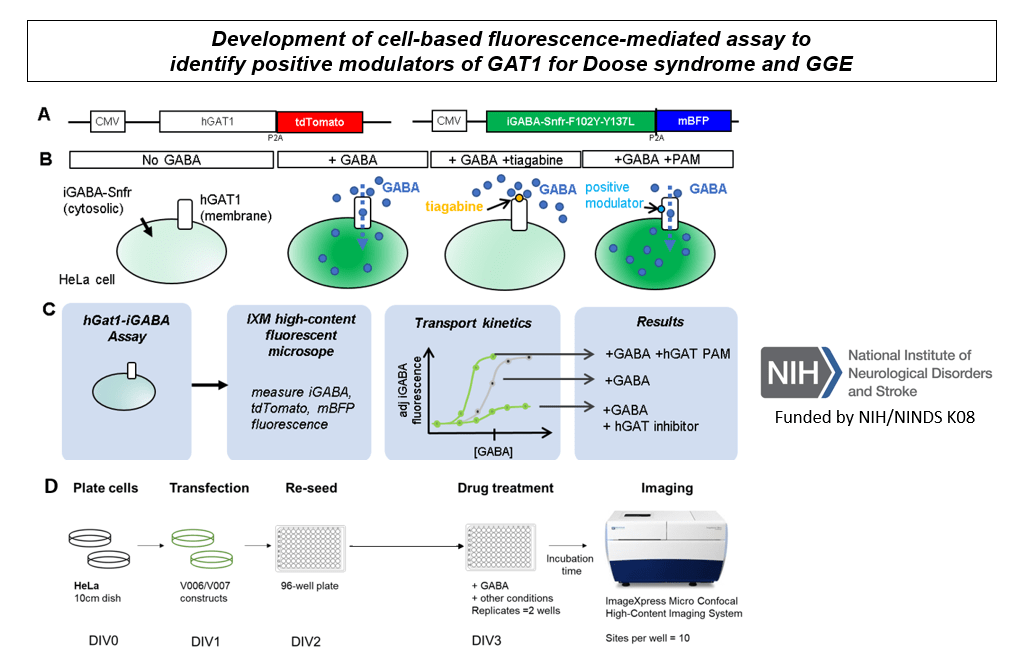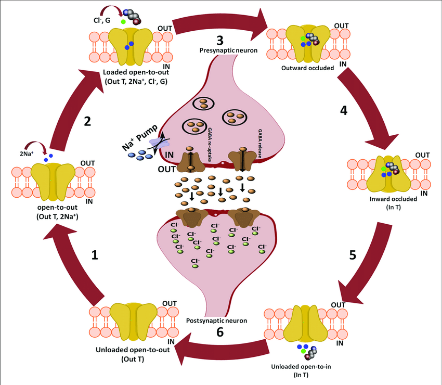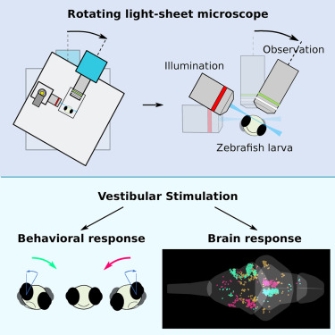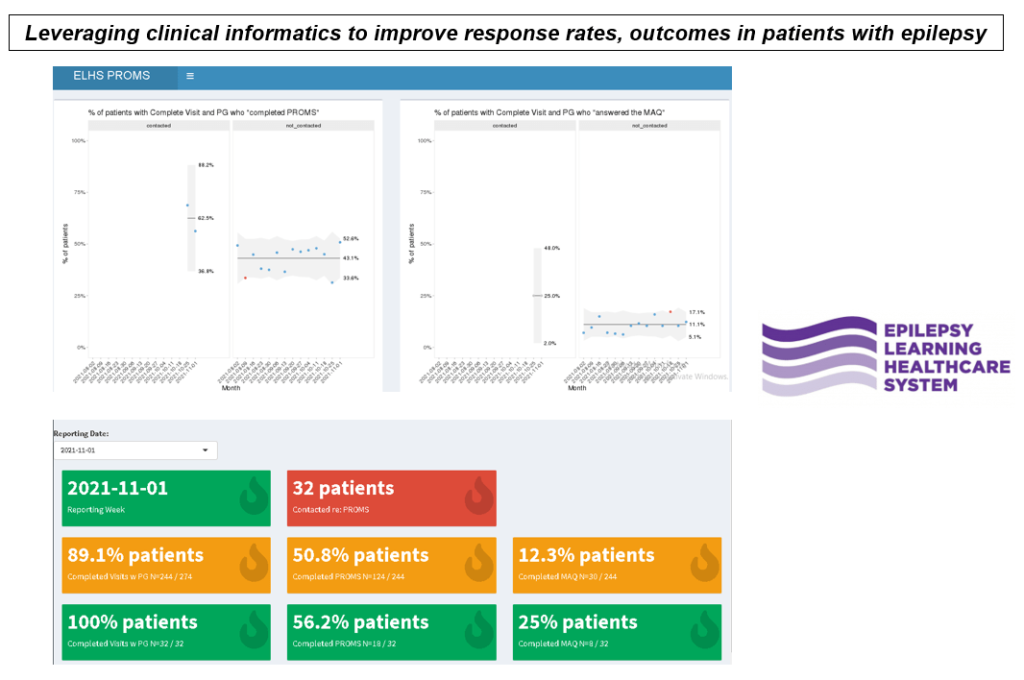Research

Animal models of epilepsy and neurodevelopmental disorders
Animals are powerful models of disease with complex physiology that can closely mimic that of human beings and may be more authentic than cell-based models for "network diseases" such as epilepsy and neurodevelopmental disorders .
We utilize CRISPR/Cas9-based techniques to generate novel animal models of neurodevelopmental disorders and a variety of techniques to characterize abnormal phenotypes.
Advanced techniques:
In vivo EEG in mouse

EEG and whole-brain calcium imaging in zebrafish

New models of Cdkl5 Deficiency Disorder (CDD)
We have recently been funded to generate novel zebrafish models of Cdkl5 deficiency, including the first mosaic zebrafish model to mimic the pattern of X inactivation present in the human disorder. We hope to apply our high-throughput pipeline towards characterization and drug screening in zebrafish models of CDD


High-throughput chemical and genetic screens for novel therapy
My lab is passionate about identifying actionable treatments for seizure disorders using high throughput approaches.
In zebrafish, we are developing and integrating new approaches to accelerate screens to understand the pathways influencing seizure susceptibility.

One hurdle we had to overcome was an approach to measure seizure susceptibility in individual larval zebrafish. Supported by the CURE Taking Flight Award, we developed a method for monitoring calcium fluorescence in 96-well plates as a read-out of seizure activity in larval zebrafish. This technique allows us to use fewer animals to estimate changes in seizure susceptibility in response to drug treatments or due to genetic manipulations, increasing the through-put potential for screening.
Using the Harvard ICCB-L , we will now be conducting large-scale compound screens to identify drugs with novel anti-seizure effects. This system is also being used to characterize the phenotypes of zebrafish models of genetic epilepsy.
The second hurdle we are still working to overcome is the labor intensiveness and extensive breeding that is required to perform genetic screens in zebrafish. A major goal of my lab is to develop strategies to perform simple genome-wide screens in the F0 generation. We will now take advantage of a recently described technique, MIC-Drop, to perform a reverse genetic screen for genes that enhance seizure resistance. These genes may ultimately serve as targets for novel anti-seizure pharmaceutical development.
Screens to identify novel drugs for neurodevelopmental disorders with epilepsy
Variants in the gene SLC6A1, which encodes GAT1 (GABA Transporter-1) are associated with Myoclonic Astatic Epilepsy (MAE, also known as Doose syndrome), a rare genetic generalized epilepsy (GGE). How GAT1 loss-of-function leads to symptoms including epilepsy is unknown, but one putative treatment for SLC6A1, MAE and perhaps other GGE may be therapeutic agonism of GAT1-mediated GABA transport. Although blind screening in animal models is one possibility, a cell-based assay would be faster and simpler.
We have developed a fluorescence-mediated cell-based assay for the function of human GAT1 using the IXM automated microscope.
Using the resources of the BCH Assay Development and Screening Facility (ADSF) and the Harvard ICCB-L, we are currently scaling up the assay to enable high-throughput compound screening.




Genetics of human epilepsy
We are part of the BCH Epilepsy Genetics Program, and two international Epilepsy Genetics initiatives (ILAE Consortium on Complex Epilepsy and Epi25K Collaborative).
Our current work seeks to assess whether epilepsy polygenic risk scores predict epilepsy severity in adult epilepsy patients.
We are also initiating multi-omics work from brain samples of adult epilepsy surgery patients to identify rare variants associated with refractory epilepsy.

Learning Healthcare Systems to improve outcomes in patients with epilepsy
Dr. McGraw is the local site PI at MGH for the multi-center Epilepsy Learning Healthcare System initiative. Together with members of MGH and BWH Epilepsy division, we are driving changes to improve outcomes in patients with epilepsy through improved documentation and information-sharing.

Our Collaborating Research Groups
Poduri Lab

Dr. Chris McGraw
Lorem ipsum sit et amet dolor sit amet, consectetur adipiscing elit, sed do.

Dr. Chris McGraw
Lorem ipsum sit et amet dolor sit amet, consectetur adipiscing elit, sed do.

Dr. Chris McGraw
Lorem ipsum sit et amet dolor sit amet, consectetur adipiscing elit, sed do.
Poduri Lab

Dr. Chris McGraw
Lorem ipsum sit et amet dolor sit amet, consectetur adipiscing elit, sed do.

Dr. Chris McGraw
Lorem ipsum sit et amet dolor sit amet, consectetur adipiscing elit, sed do.

Dr. Chris McGraw
Lorem ipsum sit et amet dolor sit amet, consectetur adipiscing elit, sed do.
